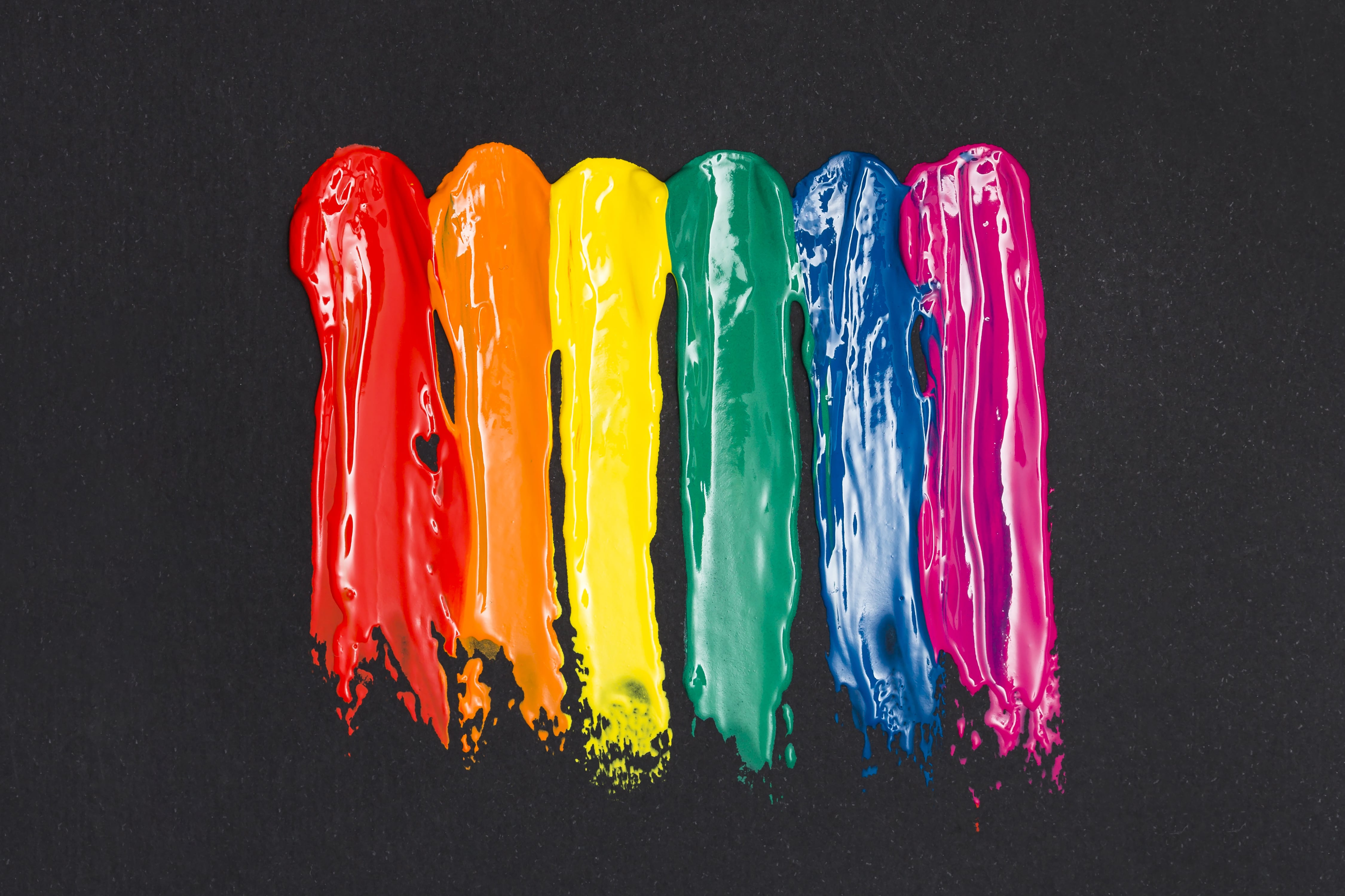
Color is fundamental in art, design, and everyday life, influencing our emotions, perceptions, and interactions. Understanding how colors interact and combine is essential for artists, designers, and anyone interested in the visual arts. One common question arises: what color does red and green make? This inquiry delves into the principles of color theory, exploring the science behind color mixing and the resulting hues when red and green are combined.
Understanding Color Theory
Color theory is a body of principles used to create harmonious color combinations and effective visual compositions. It encompasses the color wheel, color harmony, and the context of how colors are used. Utilizing a color wheel template can help artists and designers visualize and apply these color relationships effectively. The color wheel, developed by Isaac Newton, is a circular diagram representing the relationships between colors. It is divided into primary, secondary, and tertiary colors, providing a framework for understanding how colors interact.
The Basics of Color Mixing
Color mixing can be categorized into two main types: additive and subtractive. Each method uses different principles to combine colors, resulting in distinct outcomes.
Additive Color Mixing
Additive color mixing involves combining different colors of light. The primary colors in this model are red, green, and blue (RGB). When these colors are mixed, they produce various hues:
- Red + Green = Yellow
- Green + Blue = Cyan
- Blue + Red = Magenta
- Red + Green + Blue = White
This model is fundamental in digital screens, such as televisions, computer monitors, and smartphones, where light is the primary medium for color display. When red and green light are combined in the additive model, they produce yellow.
For a deeper understanding of additive color mixing, refer to Color Theory on the Interaction of Colors.
Subtractive Color Mixing
Subtractive color mixing deals with the combination of pigments, dyes, or inks. The primary colors in this model are cyan, magenta, and yellow (CMY). When these colors are mixed, they absorb (subtract) certain wavelengths of light and reflect others:
- Magenta + Yellow = Red
- Yellow + Cyan = Green
- Cyan + Magenta = Blue
- Cyan + Magenta + Yellow = Black
This model is essential in printing and painting, where pigments are layered to create various colors. When red and green pigments are mixed in the subtractive model, the result is brown or gray, depending on the specific pigments used.
What Color Does Red and Green Make?
The outcome of mixing red and green depends on whether you are using additive or subtractive color mixing:
In Additive Color Mixing
When red and green lights are combined, they create yellow. This is because the wavelengths of red and green light mix to produce a bright, vibrant yellow hue. This principle is widely used in digital displays and lighting design, where precise color control is necessary.
In Subtractive Color Mixing
Mixing red and green pigments typically results in brown or gray. Unlike light, pigments absorb certain wavelengths and reflect others. The specific shade produced depends on the types and concentrations of the pigments used. For example, combining a warm red with a cool green may yield different tones than mixing two primary pigments
Practical Applications of Red and Green Mixing
Understanding the interaction between red and green is crucial in various fields:
Art and Design
Artists often mix colors to achieve desired hues and tones in their work. Knowing that red and green can produce yellow or brown allows for greater creativity and precision in color selection and application.
In interior design, color harmony plays a significant role in creating aesthetically pleasing environments. Red and green are complementary colors, meaning they are opposite on the color wheel. When used together, they create a striking contrast that can add depth and interest to a space.
Understanding additive color mixing helps in designing vibrant and visually appealing graphics in digital media. Combining red and green in digital art can produce eye-catching yellows and other dynamic colors that enhance visual storytelling.
Interior Design
Digital Media
The Psychological Impact of Red and Green
Colors have psychological effects that influence mood and behavior. Red is often associated with energy, passion, and urgency, while green symbolizes nature, growth, and tranquility. In color wheel art, combining these colors can evoke a balance between excitement and calmness, making them a popular choice in various design contexts.
In many cultures, red and green hold significant meanings. For instance, in Western cultures, they are prominently featured in holiday decorations, symbolizing festivity and joy. Understanding the cultural implications of color combinations can enhance communication and design effectiveness.
Cultural Significance
Conclusion
Understanding what color does red and green make requires knowledge of color theory and the principles of additive and subtractive color mixing. In additive mixing, red and green create yellow, while in subtractive mixing, they produce brown or gray. This knowledge is essential for artists, designers, educators, and anyone involved in visual communication.
Mastering color interactions can help individuals create harmonious and impactful compositions that effectively convey their intended messages. Whether working with light in digital media or pigments in traditional art, manipulating and understanding color is a powerful tool in your creative arsenal.
